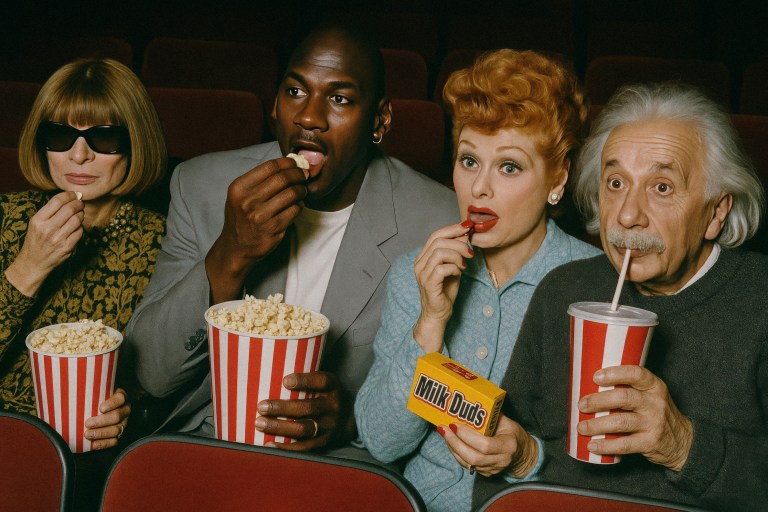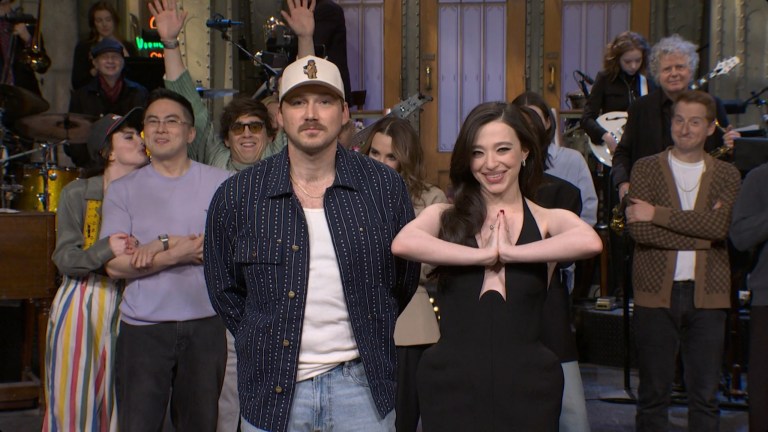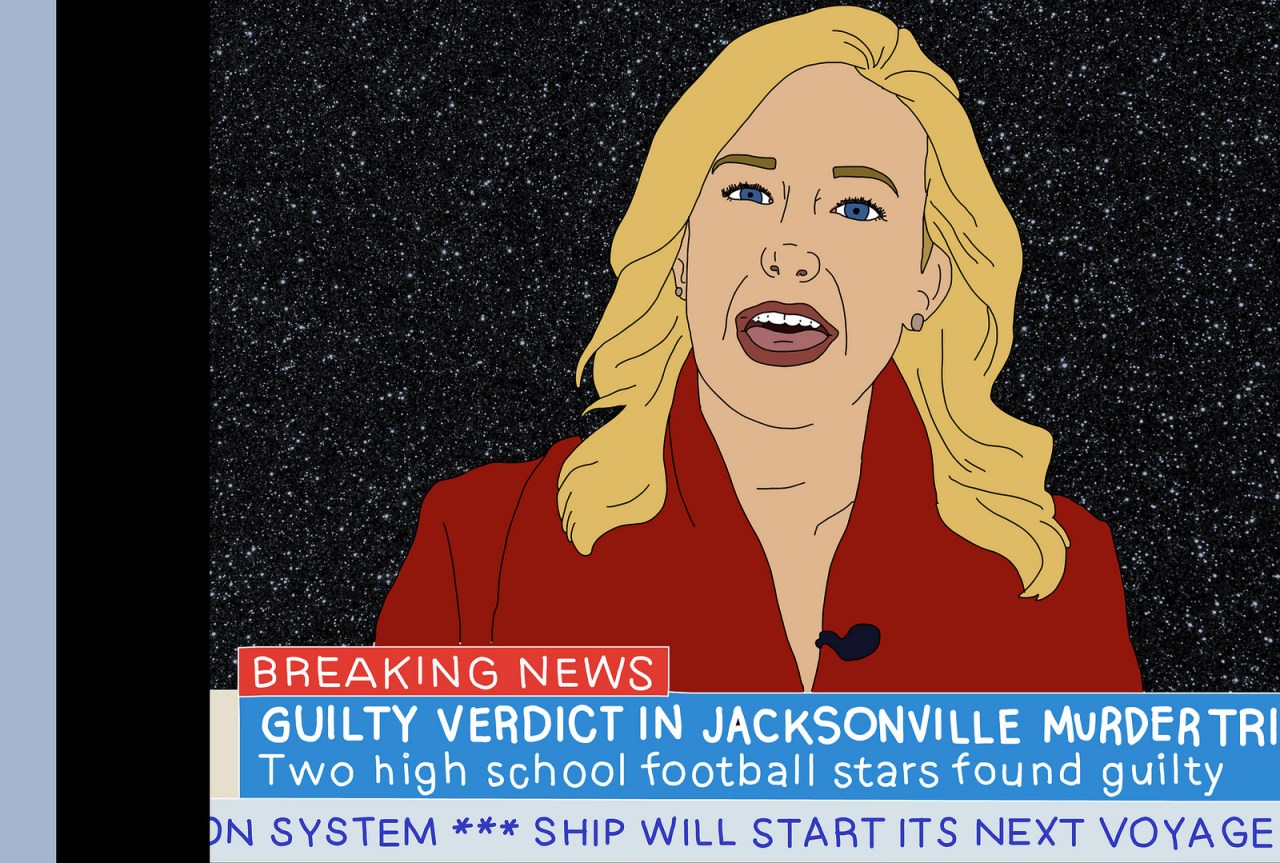
13 Times The News Lied To The American People And Proved You Can’t Always Trust Journalists
Recalling a dozen or so instances wherein the “most accountable” newsmen in the world lied like rugs.
By James Swift
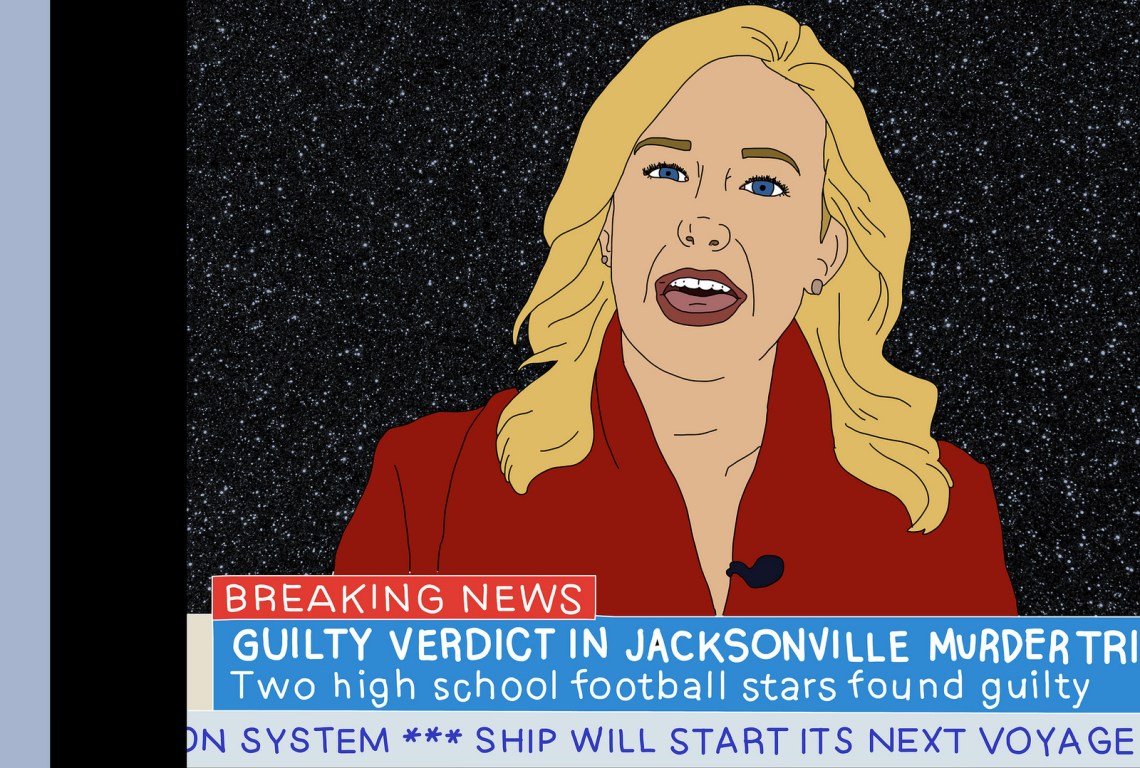
Most of my professional career, I’ve made my living as a reporter. As someone with a good half decade of experiences in the “news business,” I can safely tell you that just about everything you hear about the journalism industry is bunk. The fifth estate, you say? Pure fantasy. I’ve had editors command me to rewrite stories to look more favorably on advertisers and business partners, and had 100 percent documented truths about politicians and business leaders mysteriously disappear by the time my articles made it to the front page or the home page. If you think mainstream journalism is about anything other than raking in ad revenue or pleasing your corporate overlords and the elitist CEOs and politicians they go golfing with, you are sadly mistaken.
Of course, the news-o-sphere is glutted with case examples of just how far the “truth telling” business can wander astray. Think reporters are ethically-driven, duty-bound individuals, beholden to “just the facts?” Well, here are 13 times some of the most respected and decorated journalists in the world betrayed the public trust in the most spectacular of ways…
1. The Washington Post Reporter Earns Pulitzer Prize for a Completely Fabricated Story
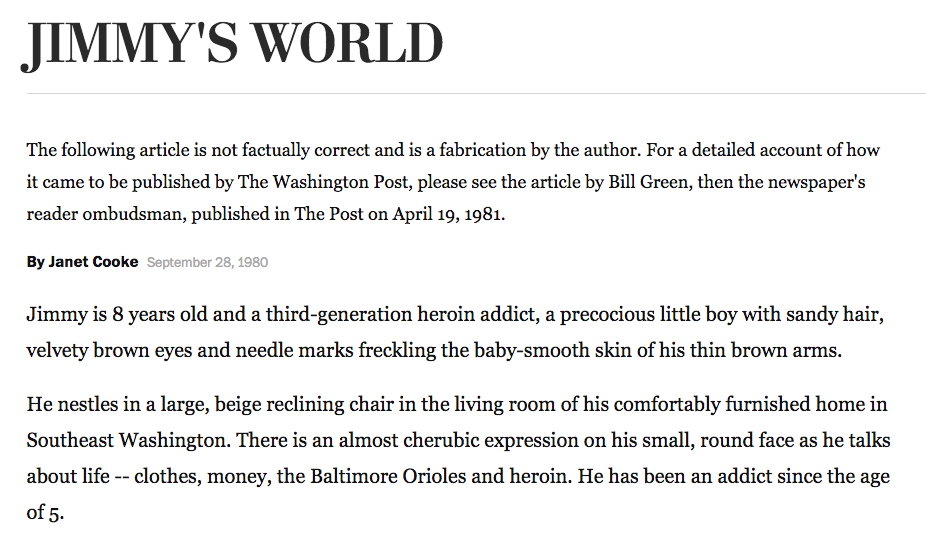
In 1981, Janet Cooke set the benchmark for journalistic malfeasance when her heartstring-tugging story about an 8-year-old smack addict won that year’s Pulitzer Prize for Feature Writing. Indeed, the story was so impactful that D.C. Mayor/professional crack smoker Marion Berry issued a city-wide search for the young boy, who was later reported “dead” by city officials. However, there was one teeny-tiny little problem with the story: the subject of Cooke’s sobering opus never existed. After her former newspaper let The Post know that her credentials were inflated, Cooke cracked under the pressure and admitted she made the whole thing up. To this day, she remains the only Pulitzer Prize winner to ever surrender the award.
2. NBC Makes Crash Test Footage More Exciting By Rigging Truck to Explode

In a 1992 Dateline special, the NBC newsmagazine program showed a Chevrolet pick-up truck with a sidesaddle fuel tank erupt into a fireball following a relatively low-speed collision. It was definitely NOT good publicity for General Motors, at the time, facing a then-record corporate profit loss of $23 billion and staring down the potential recall of nearly 5 million automobiles. Suspicious of NBC’s findings, GM hired a crack team of investigators to comb through every nook and cranny of the incinerated vehicles, eventually determining that Dateline producers not only lied about the speed of the test collision (which, in reality, was much faster than reported), but that fuel lines in said trucks never ruptured. So what caused the spectacular explosion? Well, as it turns out, NBC actually RIGGED the truck to blow up with remote controlled explosives – in fact, watching footage from the program, one can actually observe the truck beginning to catch fire before the other automobile even made impact. Believe it or not, such was not the first time a major news network staged automobile explosions – ABC was found guilty of similar tampering in a 1978 expose on Ford sedans, while CBS did the same thing in a 1986 report on the Audi 5000.
3. ABC Sued for Millions After They Lied Their Way into Grocery Store Expose
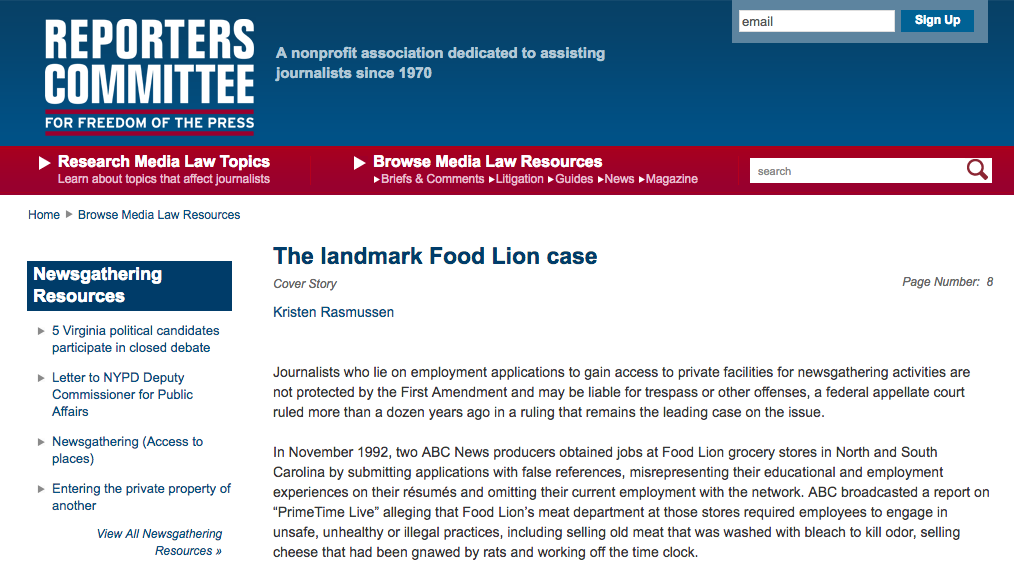
The “hidden camera” expose is hardly anything new in broadcast journalism. Alas, the sensationalistic method took a big hit in 1996, when a federal court jury awarded grocery chain Food Lion $5.5 million in damages following an ABC special that contained undercover footage of employees doing and saying all sorts of gross things with ground beef, shellfish and cheese. While the Fourth Circuit would eventually reduce the judgement to a paltry $2, the appeals court nonetheless found ABC guilty of both trespassing and breach of loyalty, as the PrimeTime Live producers got the footage by sending in moles (who lied on their resumes) to assume the role of store employees. Oh, and that damning evidence ABC purportedly collected from the furtive assignment? There’s plenty of evidence to suggest that, for the most part, the incidents were actually STAGED by ABC’s hired hands.
4. Internet Upstart Unravels The New Republic Reporter’s Intricate Web of Lies
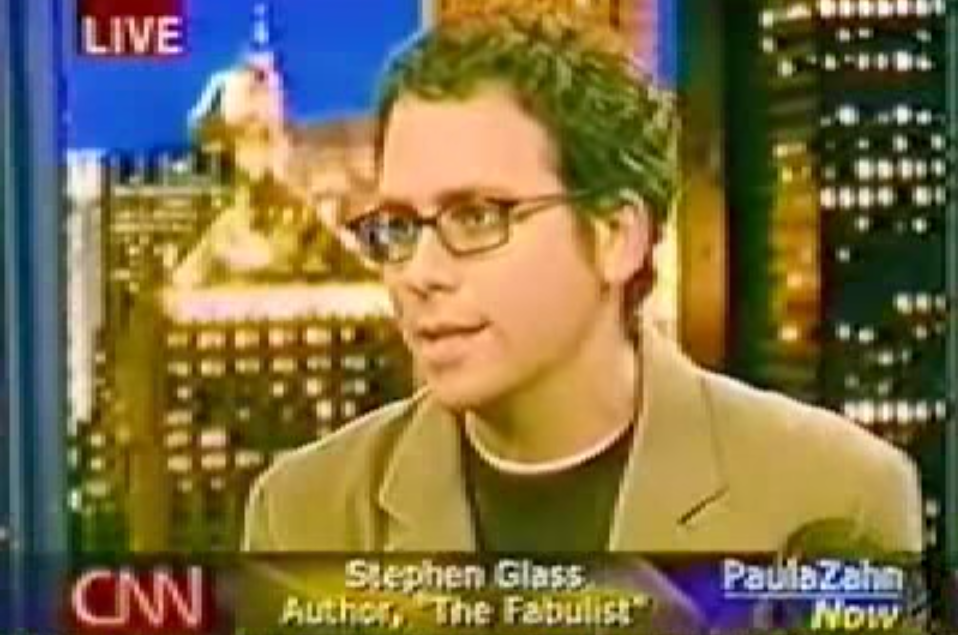
Sure, sure, anybody can just make up a story, but when it comes to holistic lie-telling, few “journalists” have ever done as good a job covering up their mendaciousness as Stephen Glass. In 1998, the three-year New Republic reporter penned a story about a 15-year-old hacker who was given a job as a cybersecurity specialist. The incredible feature drew the attention of Forbes’ fledgling digital journalism crew, who did some sleuthing of their own to find out how, exactly, Glass was able to find out about the story. The fact-checkers at Forbes became suspicious when the only website for the company mentioned in Glass’ article was a poorly designed AOL page and that the mega-huge software company had just one public phone line. As it turns out, the webpage was made by Glass himself, and the person who picked up the tech firm’s receiver was his brother pretending to be the CEO. Of course, Glass was then forced to admit he fabricated the entire story; upon further review, The New Republic determined that more than half of the articles he wrote for their publication contained made-up elements.
5. Boston Globe Writer Pens Heart-Wrenching Features Featuring Imaginary People
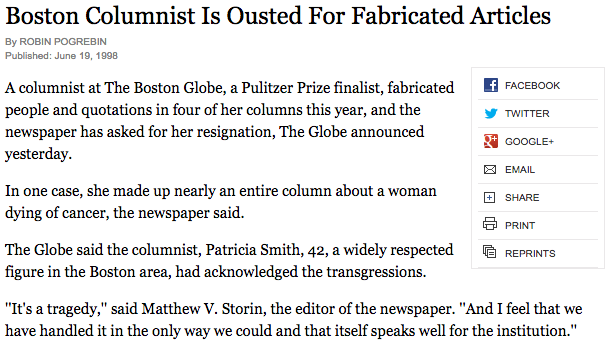
In 1998, Patricia Smith was named a Pulitzer Prize finalist for – and I quote – “her lyrical and evocative columns on an assortment of urban topics.” Unfortunately, a closer look at all that “lyrical and evocative” writing revealed a whole lot of fabricated content, including a totally cooked up story about a non-existent dying cancer patient. Following her ouster from The Boston Globe, Smith decided to focus on presumably the only thing she enjoy more than making up colorful slice-of-life tales about people who only reside in her imagination – slam poetry, for which she is a four-time national champion.
6. Swiss Journalist Conducts Dozens of Make-Believe Celebrity Interviews
It takes a lot of chutzpah to push out any fabricated news story, but the nerve of professional interviewer Tom Kummer really takes the cake when it comes to reportorial audaciousness. In 2000, it was revealed the Swiss reporter completely concocted a dizzying number of “celebrity interviews,” including fabricated discussions with Mike Tyson about Nietzsche and eating insects in prison, a chat with Pamela Anderson about her favorite cyberpunk novels and a spirited debate with Sharon Stone about her urge to sexually frustrate men of all “different classes of society.” The tipping point finally arrived following a fraudulent interview with Courtney Love, in which Kummer quoted her as saying, among other poetic pearls, “there are seagulls on the Riviera, slurping ice-cooled gin and tonics” and “minotauruses are eating the genitalia of the moon.”
7. Associated Press Reporter Writes Stories about Non-Existent Agencies for Two Years
Making up imaginary people is one thing, but having the gall to create wholly dreamed up organizations for the sake of a stupid wire story? That’s an entirely new level (or more fittingly, low) of deceitfulness, and apparently, it was a depth A.P. penman Christopher Newton had no qualms sinking to. From 2000 to 2002, he made up at least 40 different sources in his stories – which were dispersed to thousands upon thousands of publications across the globe – including such fanciful non-agencies as “Voice for the Disabled,” “People for Civil Rights, “The Education Alliance” and “The Institute for Crime and Punishment in Chicago.” As for the whereabouts of Mr. Newton today, my Google searches turned up precious little – although, if I were a betting man, I’d surmise that he’s either working for the International Bureau of Unemployability or teaching at the University of He’ll Never Have a Career Again.
8. New York Times Reporter Sets a New Industry Standard for Unprofessionalism
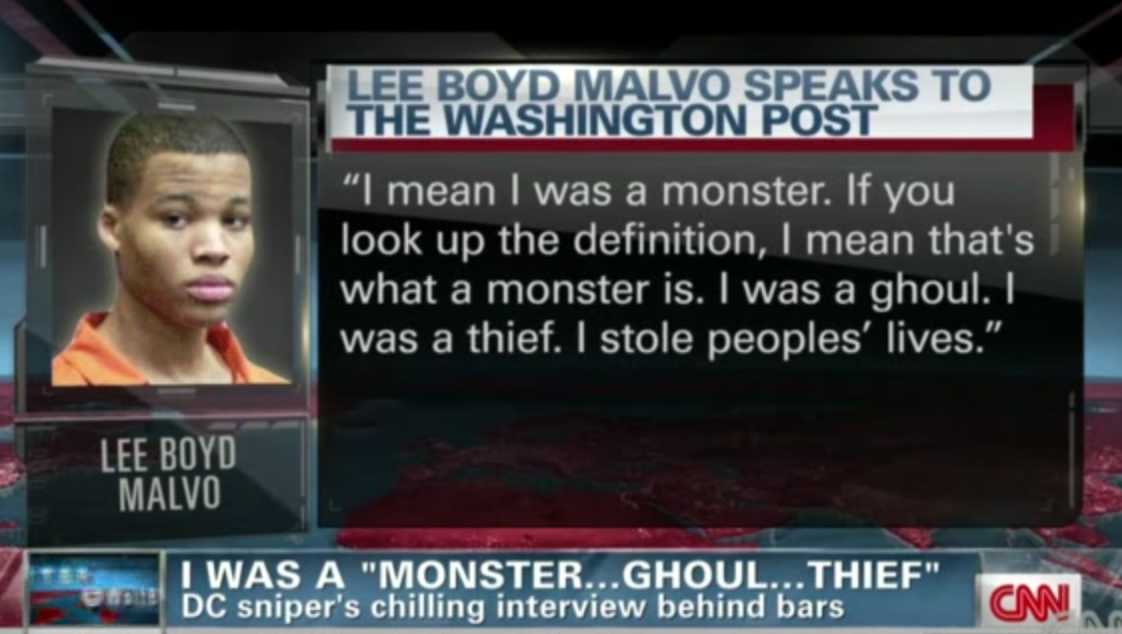
Not a lot of people ever become the focus of front page New York Times stories, and even fewer are the subject of massive 7,000 word features. Unfortunately, ex-reporter Jayson Blair got all that attention for all the wrong reasons, as it was revealed in 2003 that he plagiarized and/or fabricated dozens of news stories. Among his career, ahem, highlights? Making up “details” of the Beltway Sniper’s interrogation, describing police interview videos that were never recorded, lying about visiting the father of a captured U.S. soldier, and created a staggering array of phony quotes for several troops in a naval hospital. Forever cementing Blair’s place in the pantheon of unscrupulous newsman, The Times would later refer to his handiwork as “a profound betrayal of trust” and “a low point in the 152-year history of the newspaper.”
9. USA Today Reporter Pens 100 Falsified Stories Over a 10-Year Period
In 2002, Jack Kelley was up for a Pulitzer Prize for his widely praised beat reporting. As the case with many other “journalists” on the list, the spotlight put greater scrutiny on Kelley’s professional oeuvre, and two years later, a major internal investigation revealed that he had manufactured elements of at least 100 stories produced for USA Today from 1993 to 2003. Among Kelley’s biggest transgressions? Lying about spending an evening with Egyptian extremists in 1997, fabricating a philosophical discussion with a Jewish vigilante in 2001 and fraudulently claiming to participate in a “hunt” to capture Osama Bin Laden in 2003. Kelley even went as far as to type up “scripts” for actors to read so as to throw off the paper’s fact-checkers, the investigation determined. Oh, and that captivating story about a suicide bomber that got him on the Pulitzer shortlist? Yeah, he made that one up, too.
10. The New Yorker scribe found guilty of plagiarizing … himself?
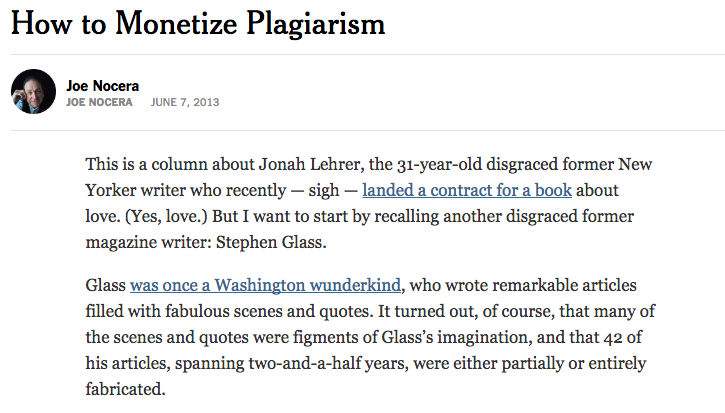
Up until 2012, Jonah Lehrer had a pretty remarkable career. A Rhodes Scholar with a degree in neuroscience from Columbia University, he was a regular contributor to The New Yorker and Wired and had already published three books. However, questions about the factualness of his articles arose when rival publications observed how similar Lehrer’s magazine work was to the content of his books. Amid the accusations of regurgitating his own pre-existing content, it soon came to light that, woops, he also kinda-sorta made up some quotes from Bob Dylan in his 2012 tome Imagine. The unfortunate revolution led to the book, and one of his earlier publications, being recalled by the publishers, effectively killing his career as a professional writer. But there is an upside to the story, I suppose: now Mr. Lehrer is making a pretty good living off touring college campuses, spouting some gobbledygook about neurons and whatnot being responsible for all that lie-telling he did.
11. NBC Edits 911 Call To Make George Zimmerman Sound More Racist
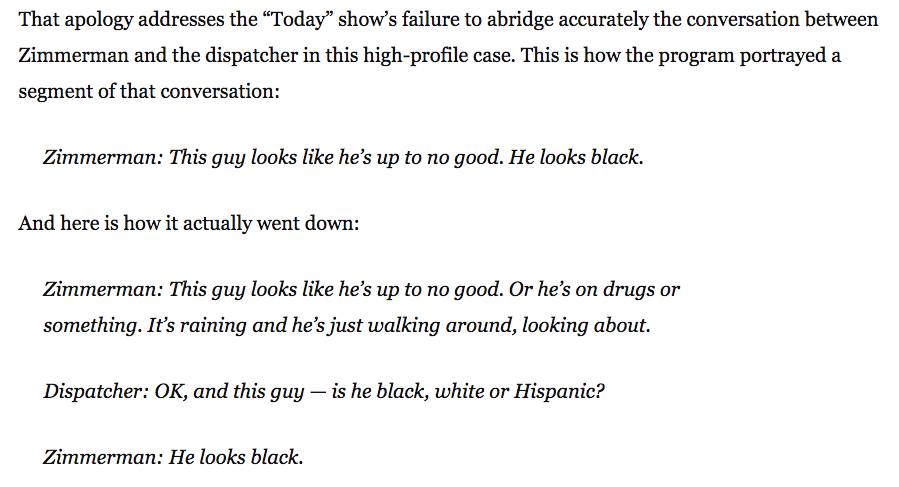
Oh, NBC – first you add explosive charges to trucks to make crash footage livelier for the home viewing audience, and then you remix an emergency phone call to capitalize on a hot-button, racially-tinged issue. About a month after George Zimmerman shot and killed Trayvon Martin in Feb. 2012, the network’s flagship morning program Today ran “exclusive” audio that seemed to capture the gunman stating “the guy looks like he’s up to no good, he looks black.” Unfortunately, the line was a hideously edited snippet from the full 911 call, which conveniently left out a pivotal moment when the operator directly asked Zimmerman what color Martin was. The producer responsible for the gaffe was fired shortly thereafter, although NBC – despite facing a multi-million dollar lawsuit from Zimmerman himself – never issued an on-air apology for the incident.
12. Rolling Stone Publishes Sensational College Rape Story (That Turns Out To Be Completely Made Up)
Philadelphia-based reporter Sabrina Erdely has made a career out of writing about rape and bullying, with works featured in publications such as GQ, Mother Jones and The New Yorker. In 2014, she published an incredible story for Rolling Stone, which brought to light the horrific gang-rape of a young woman at the hands of The University of Virginia’s Phi Kappa Psi fraternity. Almost immediately, however, a bunch of inconvenient truths began to trickle in, with evidence mounting that the graphic assault depicted in Erdely’s account couldn’t have possibly have happened (the big one being the fact that PKP didn’t even host a party the night the alleged rape transpired.) After an official police investigation determined the whole thing was made up, Rolling Stone retracted the story. Since then, three separate defamation lawsuits have been filed against Erdely, seeking more than $30 million in damages.
13. Disgraced Intercept Writer Cooks Up Half a Dozen Phony Stories … Then Accuses His Publisher of “Racism” When He’s Found Out
Fly-by-night “national security” news site The Intercept was designed to keep readers adrift on all of the NSA spying and cable-leaking going in our wacky, whimsical, post-Edward Snowden global village. Little did its editors suspect that someone on their payroll, however, would be trotting our lies, mistruths and flat-out whoppers by the bushel. In early 2016, editor-in-chief Betsy Reed said reporter Juan Thompson made up aspects of at least six of his stories, and even created a couple of phony email accounts to cover his tracks – including one in her name. Among other masterful fabrications, Thompson invented a fictitious cousin to give Dylan Roof a new backstory on why he shot nine people to death in a historic African-American church in South Carolina, created several Black Lives Matter protestors allegedly denied entry to a Donald Trump rally and bestowed nonexistent criminal justice credentials to a source he never actually interviewed. Thompson would later blame the errors on testicular cancer treatments, a lack of “competent editors” and, of course, a series of unfounded “racial bias incidents” at the publication that he said forced him to “exaggerate my personal shit in order to prove my worth.” ![]()
